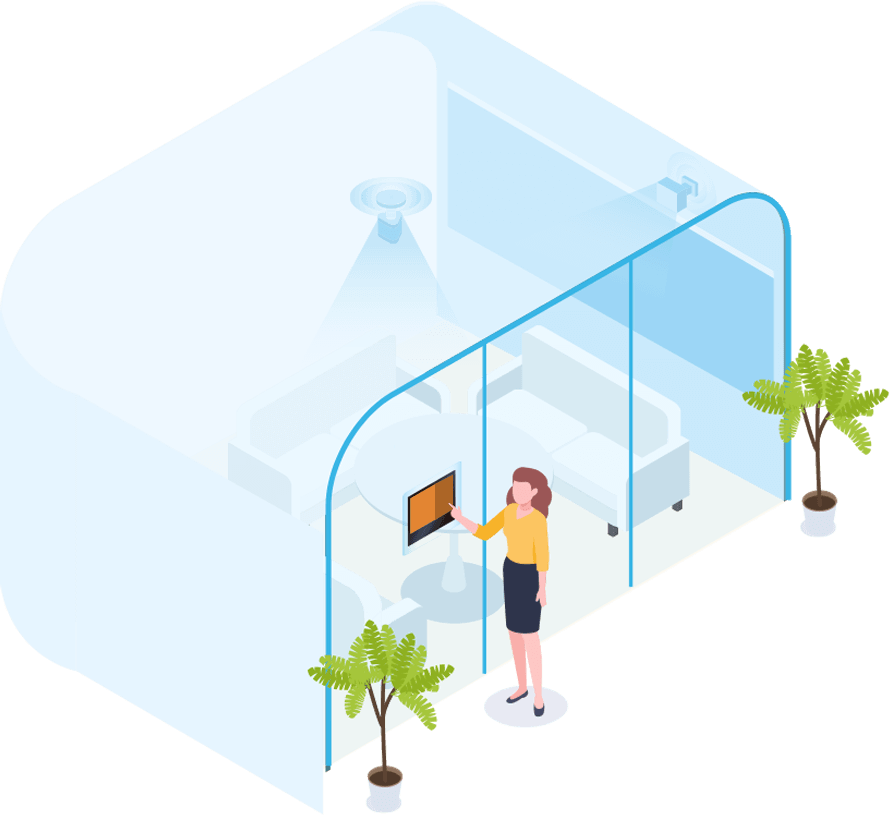Smart Sensor
What Is
Smart Sensor?
Smart devices like IoT sensors are used to collect and deliver information about objects and the environment in the workplace. Smart sensors come in a variety of forms and are used to monitor a wide range of items, such as how many people are in a room, if they are occupying a certain spot, the temperature and humidity around, etc.
Let’s start with “smart”. Smart technology is used to capture valuable data in the physical world and translate it into digital format for various use. One of the most significant smart devices is IoT-based smart sensors. Smart sensors come in a variety of forms and are used to monitor a wide range of items, such as how many people are in a room, if they are occupying a certain spot, the temperature and humidity around, etc. With further analytics, this information will be transformed into actionable insights to help people make informed decisions.
Why Adopt Smart
Sensors in Your
Workplace?
As mentioned above, smart sensors work as the bridge between the physical and digital worlds. There is actually a whole lot of data waiting to be uncovered and activated in your workplace. That’s where smart sensors can help.
To facilitate a smart office is a major step toward digital transformation for businesses. As a technology-optimized space, a smart office is equipped with several smart sensors to connect and engage employees with the work environment. Employees can do their best work in a variety of different ways to improve efficiency and well-being while workplace leaders will also have access to valuable, real-time data to respond to changes and predict future demands.
Types of Smart Sensors
in Workplace
People counting sensor: used to detect the number of people within a space, helping employees see real-time room occupancy and workplace leaders figure out space usage patterns for further optimization.
Occupancy sensor: used to detect the presence of people in the office and how space is actually being used and sometimes integrated with the lighting system for automatic light on/off.
Temperature sensors: used to detect whether the office temperature is outside of the range configured and sometimes connected to the air conditioning system for automatic cooling or heating.
Air-quality sensors: used to measure specific chemical/pollutants in the air such as CO2 (Carbon Dioxide) and TVOC (Total Volatile Organic Compounds) to ensure the well-being and health of buildings occupants.
Others: humidity sensors, proximity sensors, contact sensors, optical sensors, etc.
As an all-in-one workplace scheduling solution, Yeastar Workplace introduces 2 types of sensors to facilitate smart space utilization – People Counting Sensor and Room Comfort Sensor. Learn more details here.
Featured Solution
Related Terms
It shouldn't be difficult to book the right space.
Let us help!



